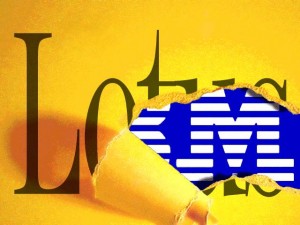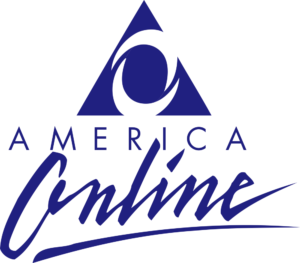Archive for July 6, 2025
AOL Settles Lawsuit on Billing Practices
America Online settles 11 class action lawsuits alleging misleading billing practices. Among the claims raised against AOL were that customers were not aware that charges were rounded up to the next full minute, that 15 seconds were added to each session for “connection time”, and occasionally billing customers for time in “free areas”. AOL continued to charge by the hour until December of that year, switching to a flat monthly rate of $19.95. Who here remembers that point in time when this pricing change caused AOL to have such a huge spike in new users that for a time it was almost impossible to connect to AOL due to the busy signals!
AOL was a major driver of the growth of Internet usage in the 1990’s as their blanket marketing campaign of distributing free trial disks was the introduction for many people to the nascent global network. It is reported that at one point in the 1990s, half of all CDs pressed were AOL installers. To illustrate AOL’s growth, and by proxy users accessing the Internet, from 200,000 subscribers in 1993 when AOL first offered Internet access, AOL had grown to 1 million subscribers in 1994, 4 million in 1995, 8 million in 1996, 10 million in 1999, and through continued growth by marketing and acquisitions of other online services such as Compuserve, 23 million subscribers in the year 2000 where they made over $4 billion in subscription fees. In 2001 AOL made the biggest merger in history at the time with Time Warner and in 2002 reached over 26 million users before the emergence of broadband DSL and cable Internet services began the slow decline of the once-dominant company.
Simple as 1-2-3: IBM Buys Lotus

IBM completes a $3.5 billion buyout of Lotus Development, the producer of the once-dominant Lotus 1-2-3 spreadsheet software and the then-popular Lotus Notes groupware. IBM had hoped to leverage Lotus 1-2-3 to challenge the increasingly demanded Microsoft Excel software, but alas, there was little slowing down the Microsoft juggernaut during the 1990’s. Lotus 1-2-3 steadily lost marketshare, and IBM finally announced the end of support for the software in 2013.
Lotus Notes groupware faired little better than 1-2-3, succumbing to Microsoft Exchange as the dominant groupware platform among large companies, but it remained entrenched among certain corporations for many years under the name IBM notes. In 2018 IBM sold Notes along with other software products to HCL Software for $1.8 Billion. HCL still develops and supports Notes to this day with a focus on security and lower cost as a way to compete with Microsoft Exchange.

